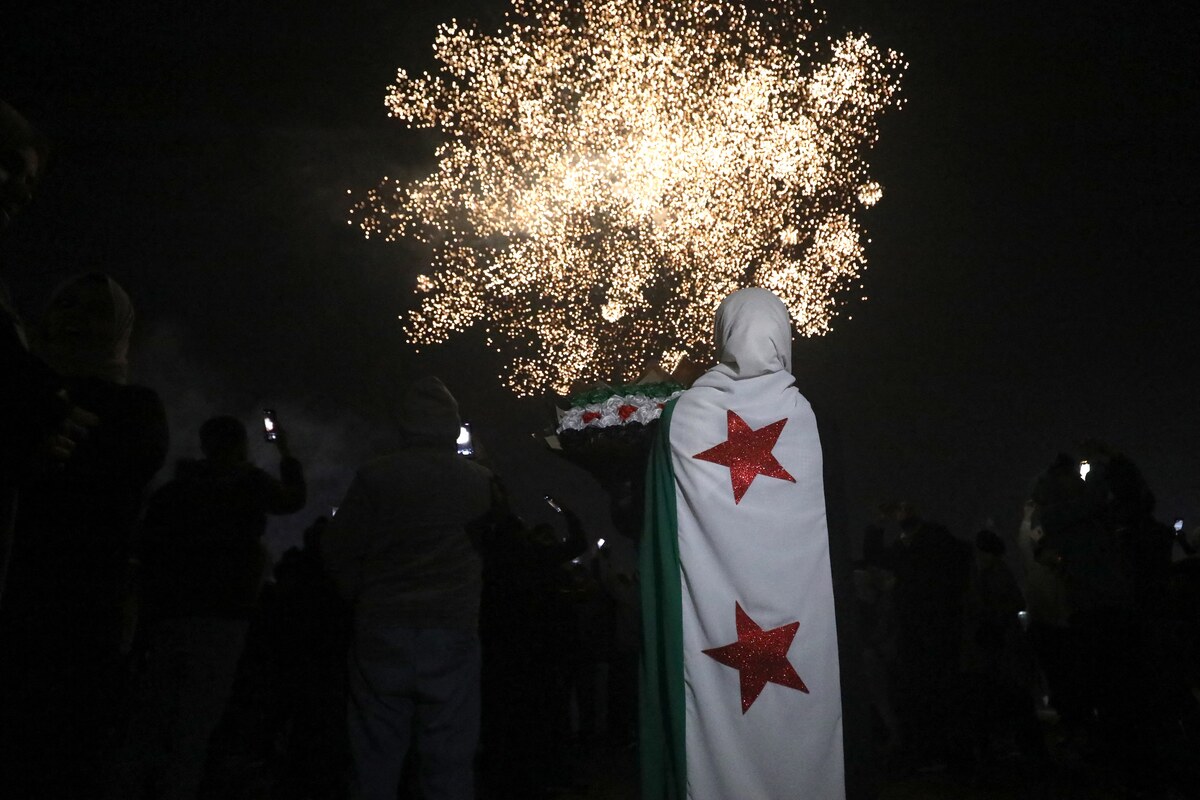RIYADH: Saudi Arabia’s non-oil exports hit a two-year high in May, reaching SR28.89 billion ($7.70 billion), an 8.2 percent increase compared to the same month in 2023.
According to the General Authority for Statistics, this also represented a 26.93 percent growth from April.
Strengthening the non-oil private sector remains a pivotal goal for Saudi Arabia as the Kingdom continues its efforts to diversify its economy and reduce its reliance on oil revenues.
Merchandise exports also saw growth, with a 5.8 percent increase in May compared to the same period last year, driven by a 4.9 percent rise in oil shipments.
Month-over-month, merchandise exports increased by 3.3 percent from April to May.
The share of oil trade in total exports decreased slightly, dropping to 72.4 percent in May from 73 percent in the same month the previous year.
“Ratio of non-oil exports (including re-exports) to imports increased to 41.1 percent in May 2024 from 39 percent in May 2023. This was due to an 8.2 percent increase in non-oil exports and a 2.6 percent increase in imports over that period,” stated GASTAT.
The report revealed that chemical and allied products dominated the non-oil exports, accounting for 23.8 percent of total shipments in May.
The Kingdom’s imports rose by 2.6 percent year-on-year in May, reaching SR70.24 billion.
According to GASTAT, machinery, electrical equipment, and parts dominated this sphere, constituting 26.7 percent of the total incoming shipments.
China was Saudi Arabia’s primary trading partner in May, with exports to the Asian nation amounting to SR15.91 billion, or 15.2 percent of the total.
South Korea and India followed, with the Kingdom exporting goods worth SR10.31 billion and SR8.03 billion, respectively, to these countries.
The UAE, Japan, and Bahrain were also among the top 10 destinations for Saudi exports, along with the US, Poland, Taiwan, and Malta.
On the import side, China held the lead, accounting for 25 percent or SR17.55 billion of incoming shipments in May 2023.
King Abdulaziz Sea Port in Dammam was the highest entry point for goods into Saudi Arabia in May, with a value of SR16.56 billion, constituting 23.6 percent of the overall imports.






























